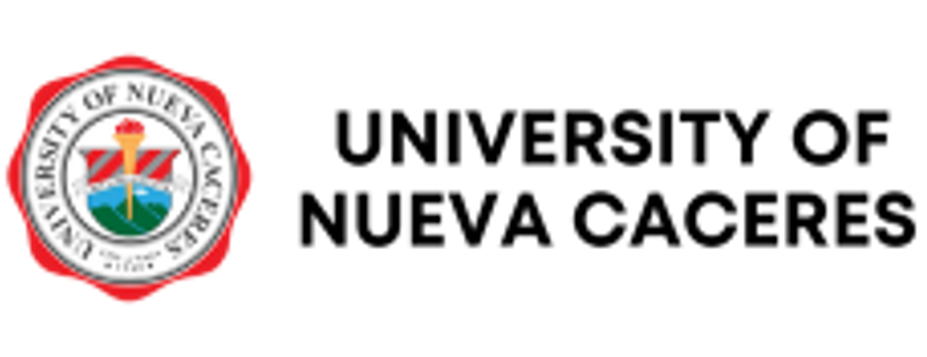Determinants of Bribery and Corruption in Public Service Delivery: A Case Study in Nepal
DOI:
https://doi.org/10.56741/jmsd.v2i03.392
Keywords:
Bribe, Corruption, Nepal, Public Service
Abstract
Bribery is a multi-faceted phenomenon prevalent in Nepal's public service delivery. The amount of bribe provided differs by type and nature of services. This paper aims to assess the level of corruption in Nepal. It analyses the additional amount the service receivers supplied to the public officials and their determinants using logistic regression. It uses cross-sectional data collected by the Commission for Investigation of Abuse of Authority in 2017 from 1668 service receivers who received service out of 3400 applicants seeking different public services. It is revealed that the CPI score is 34, which indicates that the level of corruption is high in Nepal. Among the service receivers, 39% provided bribes to public officials and used intermediaries to complete their work, increasing public service costs. Analysing the determinants of giving fixes shows that gender, education, number of times visiting public offices, perception about the staff behaviour, age and the occupation of the service receiver were significant variables. These findings imply that it is crucial to promote integrity and accountability among public officials by enforcing and monitoring the compliance mechanism and providing different benefits to motivate them to deliver quality services on time. It is equally essential to develop transparent approaches and tools for service delivery.
Downloads
References
ACRC (2015). Reducing Bribery for Public Services Delivered to Citizens. Anti Corruption Resource Center. U4 Brief October 2015 No. 11.
Kaufmann, D., Montoriol-Garriga, J. and Recanatini, F. (2008). How Does Bribery Affect Public Service Delivery? Micro-Evidence from Service Users and Public Officials in Peru. World Bank Policy Research Working Paper 4492. DOI: https://doi.org/10.1596/1813-9450-4492
UN (2010). United Nations Global Compact. Principle 10. http://www.un-globalcompact.org/aboutthegc/thetenprinciples/principle10.html
Justesen, M.K. and Bjornskov, C. (2014). Exploiting the Poor: Bureaucratic Corruption and Poverty in Africa. World Development, 58(C), 106-115. DOI: https://doi.org/10.1016/j.worlddev.2014.01.002
Hunt, J. and Laszlo, S. (2012). Is Bribery Regressive? Bribery’s Costs, Benefits, and Mechanisms. World Development, 40(2), 355-372 DOI: https://doi.org/10.1016/j.worlddev.2011.06.001
Yavas, C. (2007). The Ghost of Corruption. B.E. Journal of Economic Analysis and Policy, 7(38), 1-19. DOI: https://doi.org/10.2202/1935-1682.1619
Ramdani, D. and Witteloostuijn, van A. (2014). Bribery. Wiley Online Library, 22 January 2014. https://doi.org/10.1002/9781118517383.wbeccj066 DOI: https://doi.org/10.1002/9781118517383.wbeccj066
Li, J., Moy, J., Lam, K., and Chris Chu, W. L. (2008). Institutional Pillars and Corruption at the Societal Level. Journal of Business Ethics, 83: 327–339. http://doi:10.1007/s10551-007-9622-y DOI: https://doi.org/10.1007/s10551-007-9622-y
Martin, K. D., Cullen, J. B., Johnson, J. L., and Parboteeah, K. P. (2007). Deciding to Bribe: A Cross-level Analysis of Firm and Home Country Influences on Bribery Activity. Academic Management Journal,50: 1401–1422. http://doi:10.5465/amj.2007.28179462 DOI: https://doi.org/10.5465/amj.2007.28179462
Rose, R. and Peiffer, C. (2012). Paying Bribes to Get Public Services: A Comparative Guide to Concepts and Measures. CSPP Studies in Public Policy No. 494, Available at SSRN: https://ssrn.com/abstract=2180793
Kumar, G. and Landy, F. (2012). Vertical Governance: Brokerage, Patronage and Corruption in Indian Metropolises, Governing India’s Metropolises, pp. 127-154. Routledge India DOI: https://doi.org/10.4324/9780203151860-13
Della Porta, D. and Vannucci, A. (2012). Political corruption. In E. Amenta, K. Nash & A. Scott (Eds.). The Wiley‐Blackwell companion to political sociology. https://doi:10.1002/9781444355093.ch12. DOI: https://doi.org/10.1002/9781444355093.ch12
Pindyck, R.S. and Rubinfeld, D.L. (1991). Econometric Models and Economic Forecasts. 2nd Edition, McGraw-Hill Book Co., New York.
Wrigley, N. (1985). Categorical Data Analysis for Geographers and Environmental Scientists, Longman, New York, USA.
Panta, K.P.(2016). Decentralization of Corruption and Local Public Service Delivery in Nepal. NRB Economic Review, 28 (2): 43-60. DOI: https://doi.org/10.3126/nrber.v28i2.52533
Ghimire, D. K. (2018). The state of corruption and anticorruption in Nepal at a glimpse. Contemporary Social Sciences, 27(4), 72-83. DOI: https://doi.org/10.29070/27/58310
Subedi, M.S. (2005). Corruption in Nepal: An Anthropological Inquiry. Dhaulagiri Journal of Sociology and Anthropology, 1, 110-128. DOI: https://doi.org/10.3126/dsaj.v1i0.283
Ghimire, D.K.(2022). Corruption and Underdevelopment in Nepal: A Content Analysis. Dhaulagiri Journal of Sociology and Anthropology, 16,98-108. DOI: https://doi.org/10.3126/dsaj.v16i01.50979 DOI: https://doi.org/10.3126/dsaj.v16i01.50979
Cowell, R., Downe, J., Martin, S., & Chen, A. (2012). Public Confidence and Public Services: It Matters What You Measure. Policy & Politics, 40(1), 120–140. https://doi.org/10.1332/147084411x581862 DOI: https://doi.org/10.1332/147084411X581862
NASC (2018). Nepal National Governance Survey (NNGS) 2017/18. Nepal Administrative Staff College.
Gupta, A. K., Bhurtel, A., and Bhattarai, P. C. (2023). Service Users’ Confidence in Accessing Public Services in Nepal: What Makes Differences? Journal of Policy Studies, 38(1), 29–43. https://doi.org/10.52372/jps38103 DOI: https://doi.org/10.52372/jps38103
Downloads
Published
How to Cite
Issue
Section
Categories
License
Copyright (c) 2023 Ganesh Raj Joshi, Dangal

This work is licensed under a Creative Commons Attribution-ShareAlike 4.0 International License.
















